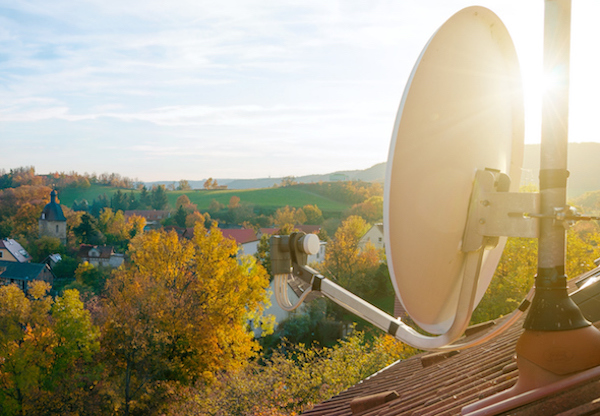Okay, now that you’ve got a general idea of who and what uses your internet and how they use it, it’s time to do some math. (Don’t worry, it’s just some simple addition.)
We’ll start by going over our recommended baseline speed per person and device.
We recommend giving each person who uses the internet in your home 50 Mbps. And for every device, you can allot 10 Mbps. (But if it’s a 4K device, bump that up to 25 Mbps.)
- People: 50 Mbps per person
- Devices (not 4K): 10 Mbps per device
- Devices (4K): 25 Mbps per 4K device
Okay, now let’s see how those recommended speeds add up with an example.
Let’s say we have a home with two adults and two children who all use the internet. Here’s a list of the internet speeds each person gets, plus the internet speeds each of their devices gets.
- People: 50 Mbps x 4 = 200 Mbps
- Desktop computer: 10 Mbps x 2 = 20 Mbps
- Laptop: 10 Mbps
- Tablet: 10 Mbps
- Mobile device: 10 Mbps x 3 = 30 Mbps
- Smart TV (4K): 25 Mbps x 2 = 50 Mbps
- Xbox gaming console: 10 Mbps
- Wi-Fi printer: 10 Mbps
- Home security system hub: 10 Mbps
- Home security camera: 10 Mbps x 2 = 20 Mbps
- Total: 370 Mbps
The recommended internet speed for this family is 370 Mbps. This recommendation assumes that every person and every wireless device is online at the same time.
That’s where online activities can factor in. If the family knows they usually stream 4K videos on one of their TVs about once a week and in the evening when no one’s on their computers, gaming on the Xbox, or using the printer, they can probably knock this speed down a bit to 200 Mbps.
If the family knows no one uses the computers and tablet for working or studying from home, they might even be able to get away with 100 or 150 Mbps.
That's all to say that 300 Mbps download speeds are a good download speed for most small to medium households to comfortably stream Netflix, game online, and enjoy a few connected devices.
Even though it’s not a definitive answer, adding up the speeds needed for the people and devices using your internet gives you a ballpark estimate of where your internet speeds need to be.







